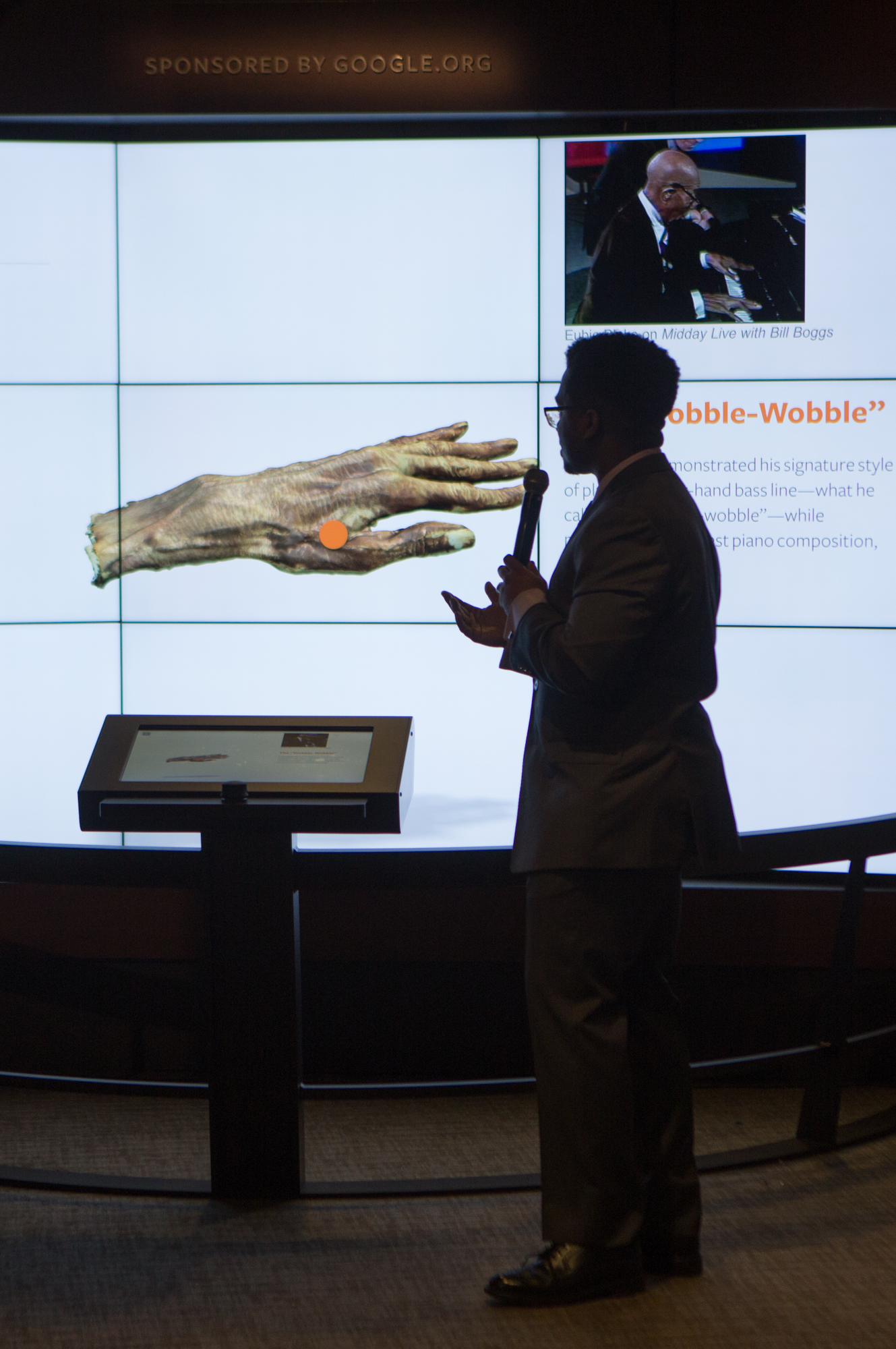
“What is it like being a black woman in tech?” It’s a question I commonly get, and the answer always begins with a sigh. The sigh is followed by a few microseconds of internal coaching in order to not get emotional before responding. How I can explain that it’s difficult without losing sight of how privileged I am to have such a great career? Basically, working in tech as a black woman is a rewarding, but uphill battle.
Since I was little, I’ve often been the only black person in the room. You’d think that after a lifetime of being an “other,” it would be easy to face it in my adult life, but it hasn’t been. The tech world was particularly isolating. On top of being the only black person in the room, I was also typically the only woman in the room. I often had to defend my intelligence, ideas and qualifications, and at the same time I was ridiculed for being defensive.
But when I joined the Google AdWords team in Los Angeles, things shifted for me. My manager actually cared about diversity and inclusion. It’s funny to think about how scared I was the first time I asked my white, cis-hetero male manager for permission to help with a diversity and inclusion-related event during work hours. I had always received pushback at my previous job, but on this team I got the green light (and funding) from both him and Google.
I started volunteering during work hours to teach underrepresented kids and adults how to code, and started giving tech talks at high schools and universities. I was able to reach the demographic that I wanted and show them how lucrative and fulfilling programming can be. I really believe programming is an art form — and a high-paying art form at that.
Still, I wanted to impact minority people on a larger scale, and when Travis McPhail, a software engineer on the Google Maps team, started an email chain to rally some volunteers to work on a new project he was proposing for a museum, it felt like the opportunity I was looking for. Travis wanted to create a permanent installation to digitally showcase rare and fragile artifacts in the new National Museum of African American History & Culture, a Smithsonian Institute Museum, and I instantly wanted to be a part of the team.
What really drew me to the project was Travis’s passion. He fought tooth and nail for this project’s approval. He deserved to have someone just as passionate on the project, and I wanted to be that person. This wasn’t just for me, but also all other black women. It has the potential to have a huge impact on the tech world, museums and our community. Plus, it was for OUR museum. This needed to be For Us, By Us.

Development on the installation lasted years, and there were numerous iterations. However, the final product is the version I’m most proud of. The engineering team consisted of just four people, located all around the country, logging long hours and wearing many different hats during the development process. I’m extremely proud to be part of the team that built this groundbreaking 3-D installation.
One of the most amazing features of technology is its ability to make anything fun and interesting. For years, going to a history museum meant walking around and looking at artifacts with descriptions printed below. This project flips that script. We’re allowing museum visitors to touch, play and interact with 3-D renderings of artifacts — such as a cast of Eubie Blake’s hand or Carl Hall’s boots from The Wiz — in order to learn about their significance in a more meaningful way. It’s a method that kids can really latch onto.
The exhibit hits home for me because I grew up with a public school education and very little exposure to African-American history. I didn’t learn a lot about black history until I was in my 20s and proactively pursued it. Giving kids hands-on exposure to the history of these artifacts is crucial in laying the groundwork for cultivating their curiosity about American History, how it’s told and ways they can contribute to telling our culture’s story. I think what powered us to cross the finish line is what this project will mean for America.
Most importantly, I think this exhibit embodies the concept of “Sankofa” from the Akan people of West Africa, which teaches us that we should reach back and gather the best of what our past has to teach us, so that we can achieve our full potential as we move forward. Our team was able to gather lessons about our past, use 3-D visuals and technology to make it interesting and reach a higher potential in education. I hope that any black person, young or old, who visits our exhibit will learn not only more about history, but also that people who look like them broke barriers to create it, and that they too can break barriers to create things that matter to them and will impact their communities.
More Must-Reads from TIME
- Donald Trump Is TIME's 2024 Person of the Year
- Why We Chose Trump as Person of the Year
- Is Intermittent Fasting Good or Bad for You?
- The 100 Must-Read Books of 2024
- The 20 Best Christmas TV Episodes
- Column: If Optimism Feels Ridiculous Now, Try Hope
- The Future of Climate Action Is Trade Policy
- Merle Bombardieri Is Helping People Make the Baby Decision
Contact us at letters@time.com